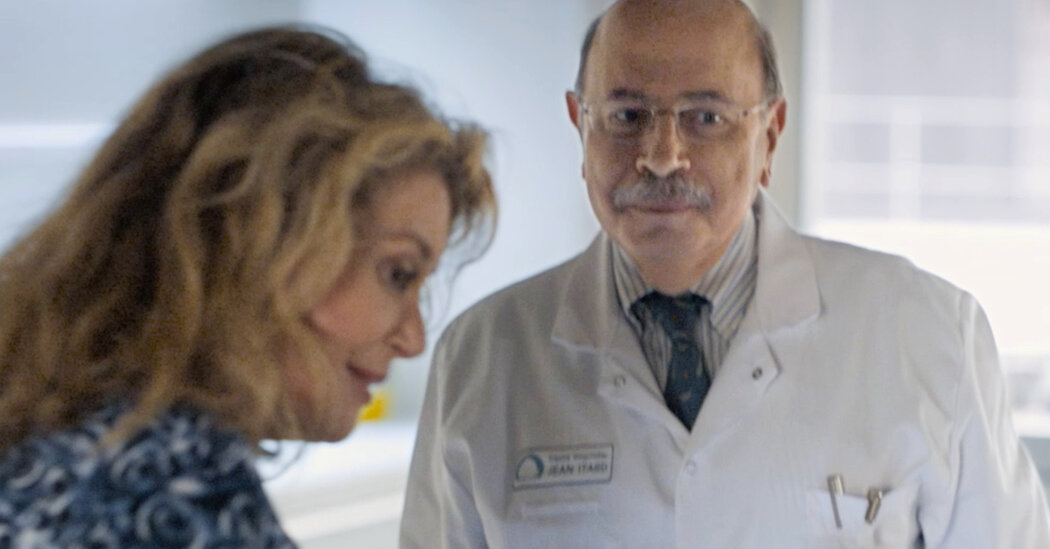
As for me, I kept hearing the lyrics to a Simon and Garfunkel song in my head: “So, I’ll continue to continue to pretend, my life will never end, and flowers never bend, with the rainfall.” It was my soundtrack.
Josh failed one course of chemo and began a more targeted one. His graphs showed his tumor markers improving, fluctuating, and then getting decisively worse. Dr. Sara advised him several times, in somber tones, to put his affairs in order. My husband did not react, and I did not push it. Why make him think about death? I was, I guess, in denial.
In the spring of 2021, he had an emergency hospitalization for a bowel obstruction and was not allowed to eat solid food. “Saturday, 5/15,” I scribbled in my notebook. “Strawberry Jell-O, 100 cal, ginger ale, 70 cal, apple juice, Seltzer.” A palliative care doctor came to his bedside, as if smelling death. “You’re going to just let him starve?” I asked. She nodded, yes. My notes say that on 5/27, he was getting “Haldol, Famotidine, Dexamethasone, Morphine.”
But his will to live was strong, and he wanted to eat. The hospital let me take him home with a nasogastric tube coming out of his nose, draining into a bottle. As we were leaving, a young nurse said offhandedly, “See you next time.” No you won’t, I thought to myself, resolving never to return. Josh was in good spirits. It was warm out. He could sit in the backyard with me and our children.
The physician who cared for my husband at the hospital called to ask how he was doing. How long could my husband keep that drainage tube in his nose, I asked. In this country, the doctor said, the rule was about three weeks, after which we would have to return to the hospital to replace it. But in India, doctors would leave it in for three or four months, the doctor said. We’re going with the Indian method, I replied.
But we didn’t need to. His bowel obstruction magically disappeared, and the visiting nurse came right over and removed the nasal tube. He could eat again.






